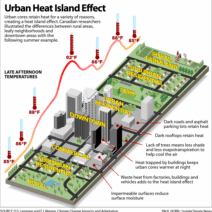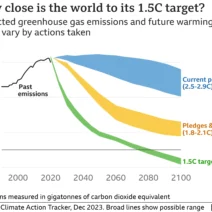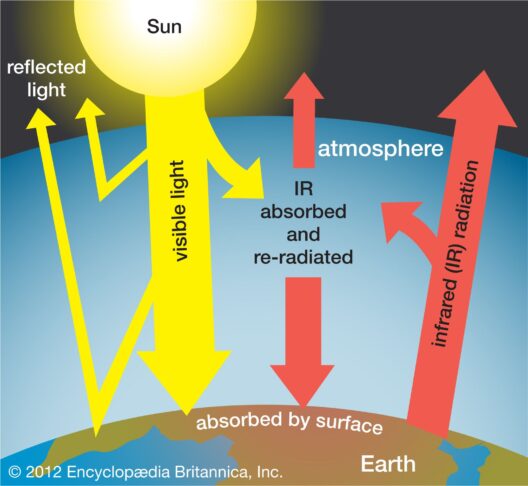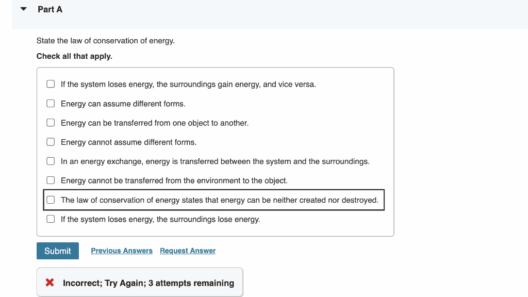As winter approaches, the chill in the air becomes more pronounced, leading many to crank up the electric heat to ward off the cold. However, it raises an intriguing question: how can we stay warm without squandering precious energy resources? The challenge then arises: can we effectively conserve energy while still maintaining a cozy living environment?
To tackle this dilemma, it is essential to adopt a series of strategies that not only optimize the functionality of electric heating systems but also align with a broader commitment to environmental stewardship. Here is a comprehensive exploration of how to conserve energy with electric heat while enjoying warmth and comfort during the colder months.
1. Understand Your Heating System
Before implementing energy-saving strategies, it’s crucial to understand the type of electric heating system in your home. Common systems include baseboard heaters, electric furnaces, and heat pumps. Each has different operational efficiencies and optimal practices. Familiarizing yourself with your system allows for tailored strategies that enhance energy conservation.
2. Utilizing Programmable Thermostats
One of the most effective tools at your disposal is a programmable thermostat. This device allows you to automate heating schedules based on your daily routines. For instance, program the thermostat to lower the temperature when you are away at work or asleep. The ability to set specific times for heating can dramatically reduce energy consumption without sacrificing comfort. When you return home, your living space can be warmed up quickly, easing the transition from the cold outdoors.
3. Embrace Zonal Heating
Consider the benefits of zonal heating, which involves heating specific areas or rooms rather than the entire house. This is particularly useful in homes with rooms that go unused for long periods. Electric space heaters can provide warmth to frequently occupied spaces, allowing the rest of the home to remain cooler. By targeting only the areas where you spend the most time, significant energy savings can be achieved.
4. Enhance Your Home’s Insulation
Improving your home’s insulation is a fundamental step toward reducing energy waste. Proper insulation helps maintain a consistent indoor temperature by minimizing heat loss. Pay attention to areas such as attics, walls, and crawl spaces. Seal any gaps or cracks around windows and doors with weatherstripping or caulking to further enhance insulation. Not only will this prevent cold air from seeping in, but it will also ensure that the heat generated remains within your living space.
5. Harness Natural Heat Sources
The sun can be a formidable ally in your quest for warmth. On sunny days, open curtains and blinds to allow sunlight to flood your rooms, naturally warming the space. When nighttime falls, close the curtains to create an additional layer of insulation that holds in the heat. This simple practice can leverage free energy, thus reducing reliance on electric heating.
6. Use Energy-Efficient Appliances
If you are in the market for a new heating system or electric appliances, opt for energy-efficient models. Look for the ENERGY STAR label or similar certifications which indicate that the product meets energy efficiency guidelines. Energy-efficient electric heaters can provide the same level of warmth as traditional models while consuming less power, ultimately contributing to lower utility bills and a smaller carbon footprint.
7. Regular Maintenance and Servicing
Just like any other system, electric heating requires regular maintenance to function optimally. Ensure that heaters are kept clean and are not obstructed by furniture or curtains. Additionally, consider scheduling annual inspections to identify and rectify any inefficiencies. Maintenance increases reliability and can enhance the lifespan of your electric heat system, providing warmth for years to come.
8. Monitor Your Energy Usage
Awareness is key to energy conservation. Regularly monitor your energy consumption to understand your heating habits. Utilize tools provided by your energy provider to check usage trends and identify peak periods. Understanding this data allows you to make informed decisions about when to adjust heating levels or implement further energy-saving strategies.
9. Educate Household Members
Energy conservation is a collective effort. Educating all household members about the importance of energy savings fosters a collaborative environment in maintaining reasonable heating practices. Encourage them to dress warmly indoors, minimize door openings, and be mindful of electric heat usage. This shared commitment can lead to significant reductions in energy waste.
10. Explore Alternative Heating Solutions
Lastly, consider integrating alternative heating solutions such as electric blankets or heated mattress pads. These devices provide localized warmth, allowing you to lower the overall thermostat setting while still achieving comfort during the night. Moreover, exploring renewable energy options, such as solar panels, can supplement electric heating and further diminish environmental impact.
In conclusion, conserving energy with electric heat hinges on a blend of understanding, strategic practices, and conscientious habits. By implementing these methods, not only can you maintain a warm and welcoming home, but you will also be contributing to a larger movement of sustainability and energy efficiency. The question is, are you ready to embrace these straightforward yet effective strategies to stay warm without wasting power this winter?







